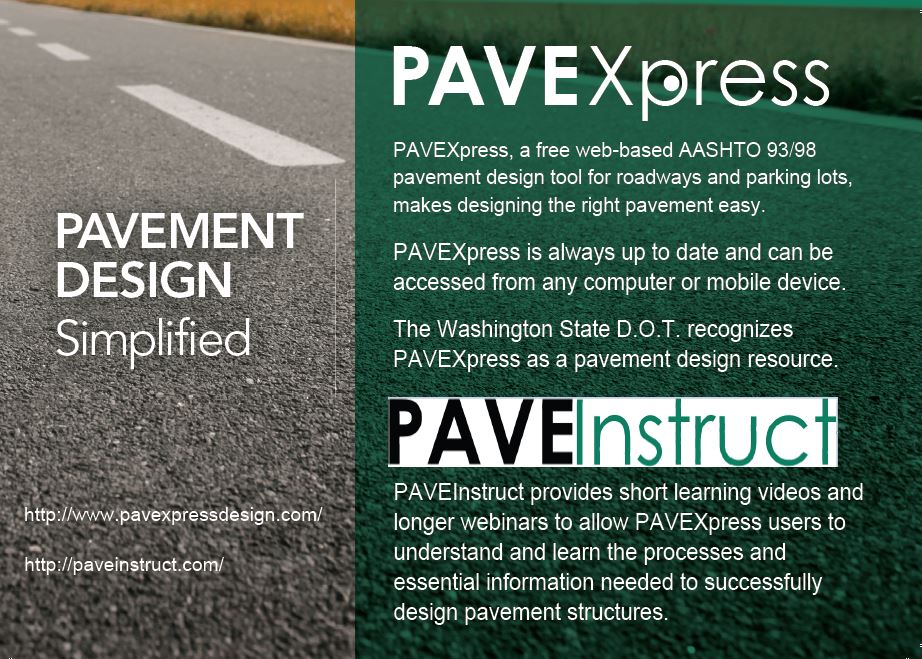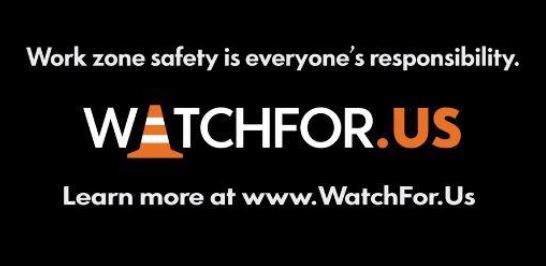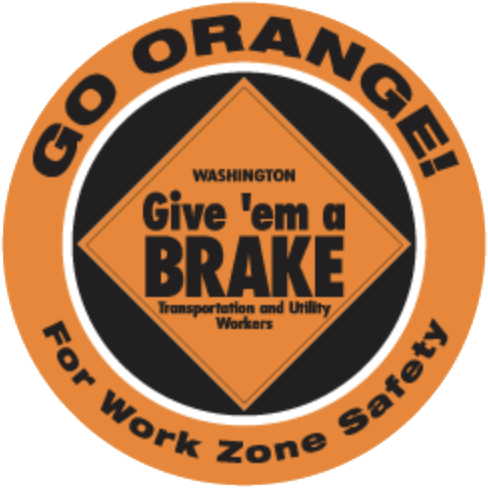Slippage Cracking
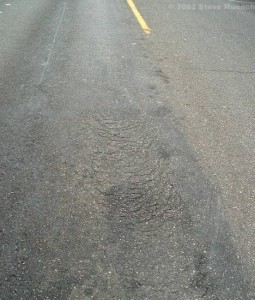
Slippage crack at an intersection due to stopping. The direction of traffic is from top to bottom. Most likely caused by poor bonding with the underlying pavement – possibly from a poor tack coat.
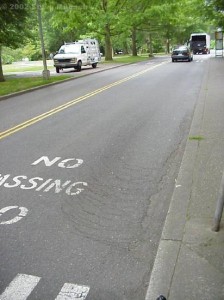
Slippage crack near a bus stop on the University of Washington Seattle campus. Based on the direction of traffic flow, it appears to be caused by traffic accelerating from a stop. Since this area of campus suffers from a number of poor overlay bonding problems, this is most likely caused by poor overlay bonding to the underlying pavement.
Problem
Allows moisture infiltration, roughness
Possible Causes
Braking or turning wheels cause the pavement surface to slide and deform. The resulting sliding and deformation is caused by a low-strength surface mix or poor bonding between the surface HMA layer and the next underlying layer in the pavement structure.
Repair
Removal and replacement of affected area.
Surface Distresses

